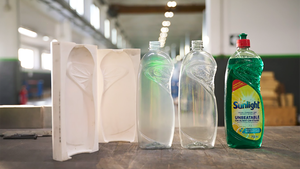Amendments to the agency’s organic regulations affect all parts of the supply chain, including packaging.
An update to USDA regulations will affect many aspects of organic agricultural operations, including production, handling, and labeling. This video explains the Strengthening Organic Enforcement (SOE) final rule, which aims to prevent fraudulent representation of organic products.
SOE embodies the largest revision to US organic rules since their initial publication in 2000. Packaging implications include a requirement for organic identification on nonretail containers, more rigorous on-site inspections of certified operations, and improved traceability.
Additional requirements include:
• Certification of more of the businesses, such as brokers and traders, at critical links in organic supply chains.
• National Organic Program (NOP) Import Certificates for all organic imports.
• Uniform qualification and training standards for organic inspectors and certifying agents.
• Standardized certificates of organic operation.
• Additional and more frequent reporting of data on certified operations.
• More robust record keeping, traceability practices, and fraud prevention procedures.
• Certification for producer groups.
About the Author(s)
You May Also Like




